Without a doubt, social media is one of the most effective ways to reach a massive digital audience. Currently, there are nearly 4.6 billion people with social media accounts – which is equivalent to 58.4% of the world’s population! Crazy!
Even though social media hasn’t been around for that long (relatively), it has gone through a lot of changes itself, specifically in the area of marketing.
Just ten years ago, 100,000 businesses had Facebook pages; today, that number has ballooned to over 60 million. Instagram and Pinterest had not even launched yet, and Myspace had fifteen times more visitors than Twitter (do you remember your Myspace song?).
Obviously, things have really changed over the past ten years. We can only expect to see even more changes to come.
So, what can marketers expect to see on the horizon as we approach the next decade?
1. Native Ads, User-Generated Content, and Influencer Marketing Are Far More Effective
Today’s consumers are inundated with more advertisements than ever before. Thanks to highly targeted social media ad platforms, most people glance at over 5,000 ads every single day!
Unfortunately, this means that most marketing content is ignored or immediately forgotten, especially as consumers mindlessly scroll through social apps.
One way that businesses can combat this trend is to utilize native advertising and user-generated content (UGC) to create brand messaging that consumers do not immediately recognize as an advertisement. Native advertising is going to be much more effective in the future because the primary focus is to get consumers invested in the content – not promote products or services.
In fact, UGC and native ads have 28% higher engagement rates and 4 times higher click-through rates than traditional advertisement posts. Some companies have made UGC a major part of their social content, like Outdoor Voices – whose feed is primarily made up pf images from real customers.
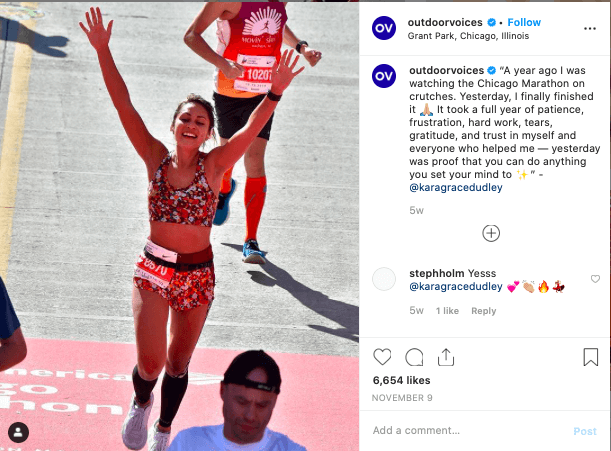
So how can you encourage UGC?
A tried-and-true method has been to create a branded hashtag – #MyCalvins is a prime example. Another option is to use a giveaway – like “best social post featuring the product wins a free ___”.
To switch gears a bit, influencer marketing is only expected to become even more important in the future. Nearly half of all customers stated that they look to social influencers for product recommendations and 40% have made a purchase because of this type of marketing.

The key to making any of these approaches work is authenticity. Most consumers are aware that influencers are paid for these promotions – so they want genuine (not forced) recommendations.
It is best for brands to partner with influencers that audiences really relate to – and offer them more freedom on the content they post, rather than forcing them to follow a specific script.
2. Focus on the Micro-Moments
Social media has made instant gratification a reality – and this needs to be a key part of your advertising strategy. Think of social media as the “impulse buy” section in the grocery store that is full of candy, gum, magazines, and other items customers tend to buy on a whim.
Brands need to capitalize on these micro-moments when customers make quick decisions, such as searching for a restaurant near them or deciding to buy something subconsciously. This is best done by creating social posts with embedded links that direct the customer right to a checkout page.
Buyable or shoppable posts are now available on Instagram and Pinterest – companies can also create Facebook Shop pages. But these are not the only type of micro-moments to target – and you don’t necessarily need to push a specific product to earn conversions through social channels.
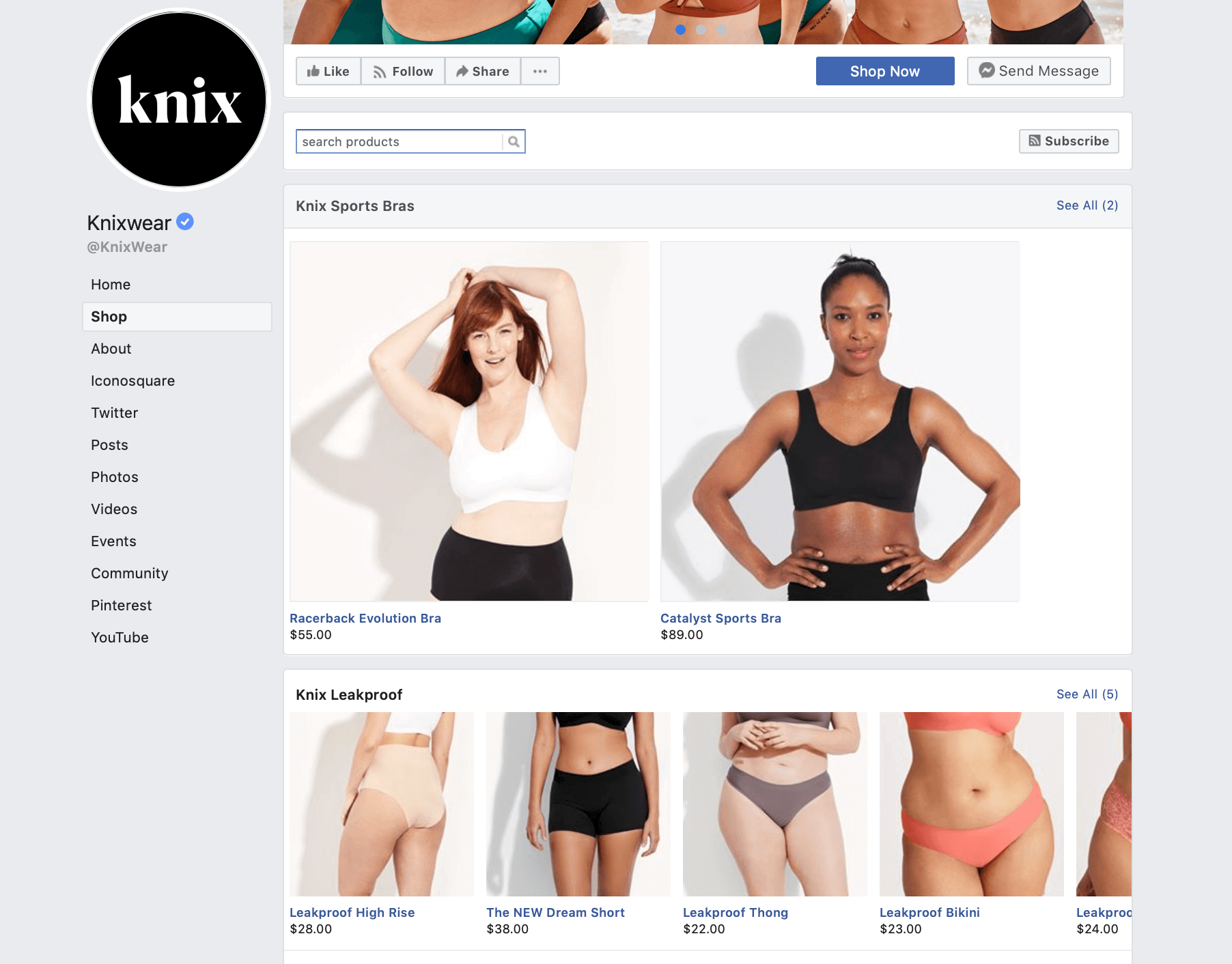
Another way is to include map links that direct customers to the closest physical location. For example, this post on Instagram from Sunglass Hut slides to show the Google Maps image of their location, with a link that will connect to the user’s GPS app.
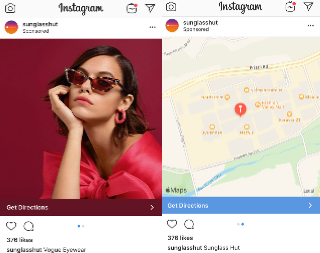
3. Craft Engaging Brand Stories
As the popularity of short form content grew with Snapchat, Facebook, and Instagram stories, social media is becoming a type of blogging/vlogging platform in a way that allows people to share short clips of their lives.
Brands should use this to create and share meaningful stories that get people emotionally invested – and build meaningful engagement on an individual basis.
For example, Birchbox used their Snapchat account to connect with customers by inviting them to call in through the app. Users could connect to Birchbox representatives to ask questions about their products, learn more about their services, or simply have a fun conversation!
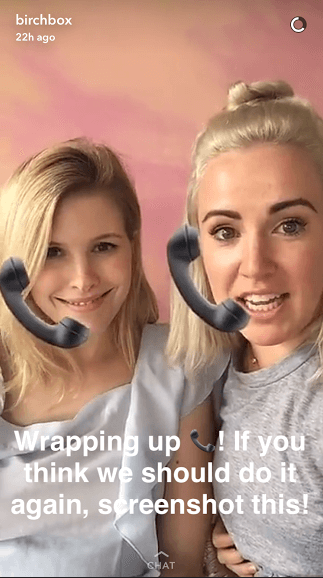
This tactic helped to humanize the brand and give the company direct feedback from customers – which simultaneously helped to increase conversions.
While this is certainly a rather intensive way to build engagement, brands should utilize story features like interactive experiences, polls, quizzes, or Q&A boxes to get the conversation going.
4. Building Communities Over Customers
Word of mouth has long been one of the most trustworthy and powerful forms of marketing – but the only way to do this is to create a brand that customers truly feel passionate about.
Perhaps the greatest thing about social media is the ability to build brand communities that get people excited about products or services – and want to share.
Social media is all about appearances and perception. Therefore, people are only going to recommend businesses and products that they are truly proud of.
According to Customer Thermometer’s study, consumers feel most connected when they can tell that a company cares about people like them – or is making a positive difference in the world in some way.
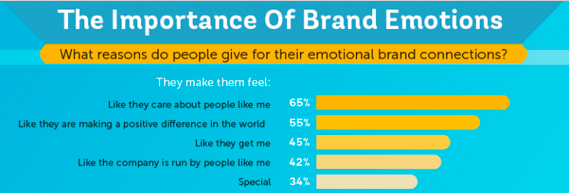
Businesses can do this on social channels by sharing real stories designed to build emotional connections.
For instance, Bombas shares stories about ways that they give back to the community through clothing drives for the homeless. They also encourage people to share content with the branded hashtag #BeeBetter to create a sense of community among their customers.

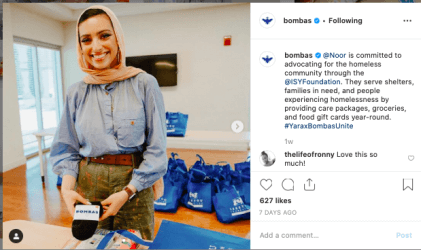
Conclusion
As the saying goes, “out with the old and in with the new”.
As the new year quickly approaches, it is imperative that marketers know how to keep their content exciting by following new trends and getting rid of practices that no longer work – especially with social media.
A social presence is going to matter even more for companies as these platforms become even more influential on consumer behavior. In order to stay relevant in the upcoming years, marketers need to understand how to best use these channels for more meaningful interactions.
Have questions about how to ramp up your social strategy for new year?
Give the Ayokay crew a shout and we’ll help you plan out a social strategy that starts turning heads!








Thanks for sharing nice information.